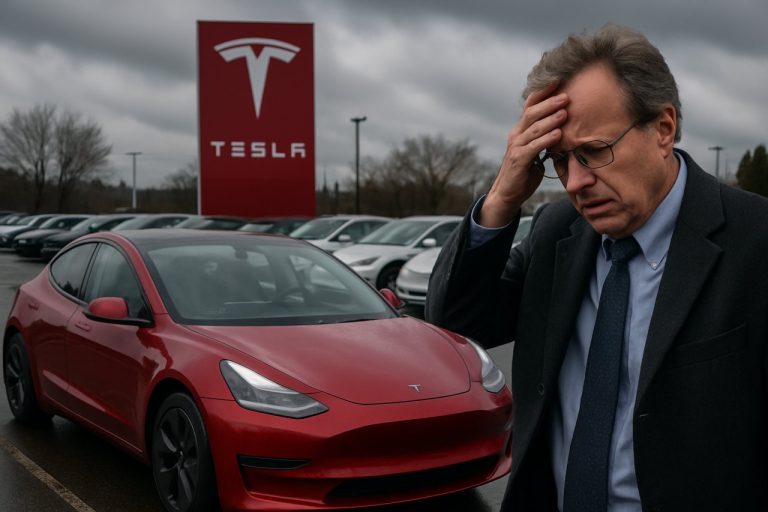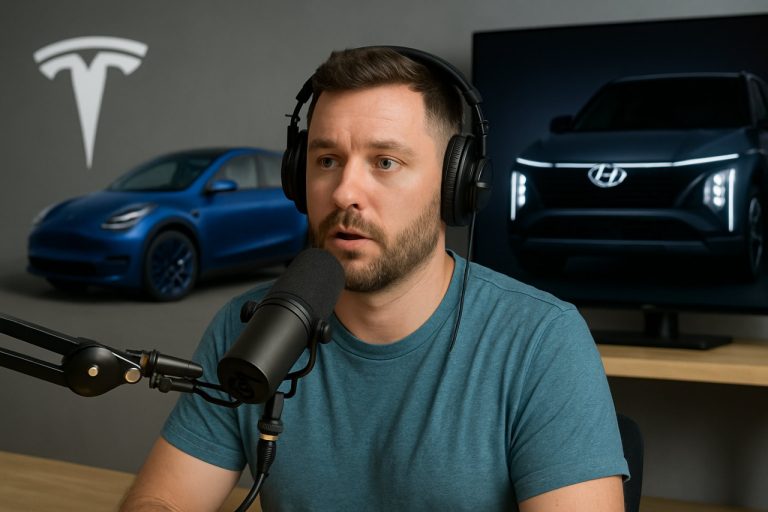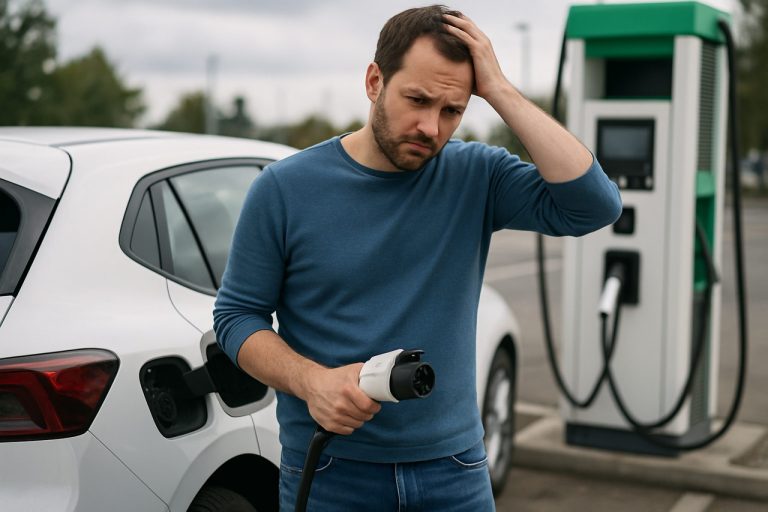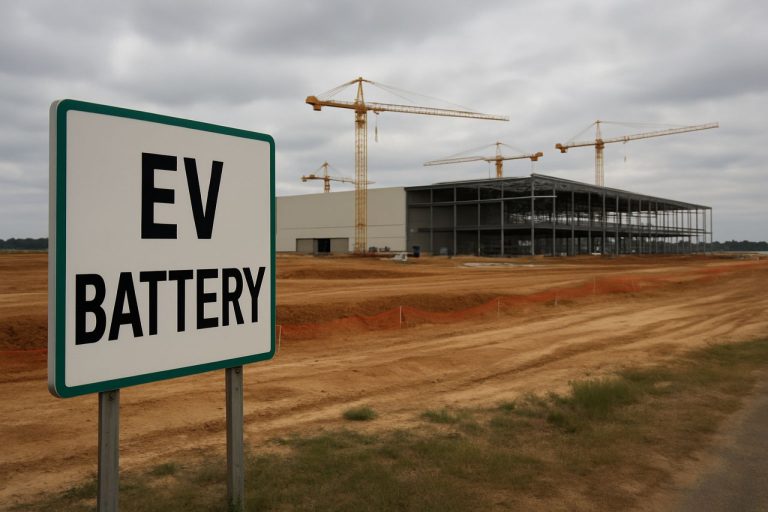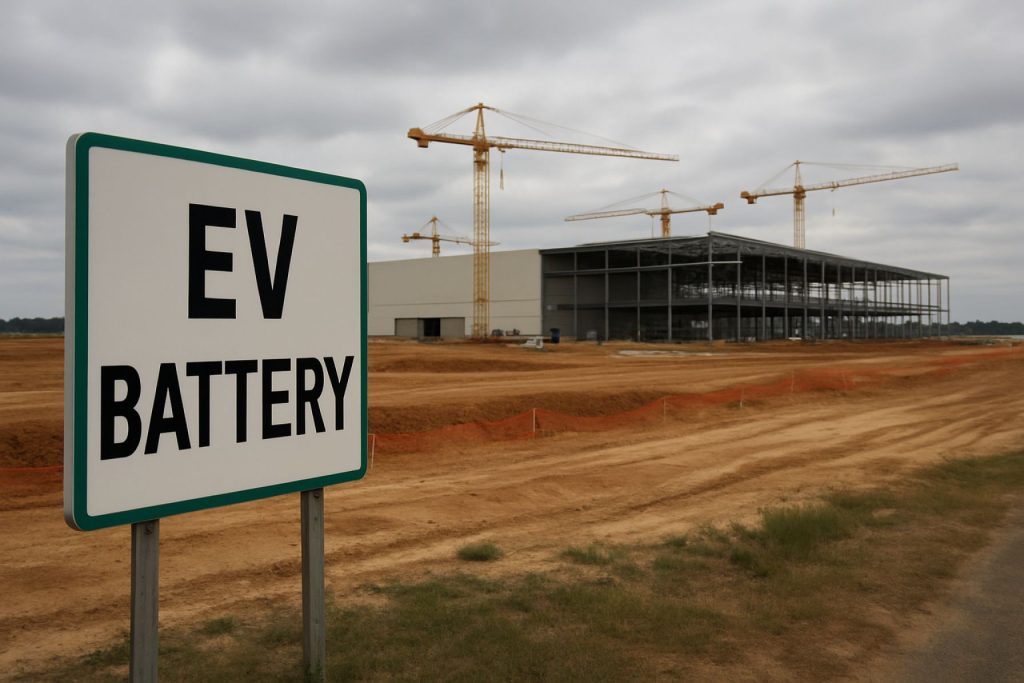
Why a $1 Billion Battery Factory Suddenly Stopped: EV Uncertainty Rocks South Carolina’s Auto Boom
Japan’s Envision AESC halts its huge South Carolina plant amid policy shifts, raising fresh questions for BMW, Volvo, and America’s electric car revolution.
| $1 Billion | Already invested in Envision AESC’s paused Florence megafactory |
| 80,000 | Potential BMW production increase at South Carolina plant |
| 16% | Americans likely to buy an EV for their next car, per AAA |
| 2024 | Record-breaking U.S. electric vehicle sales year |
Big plans have hit a big pause in the electrified South. Japanese battery giant Envision AESC, the powerhouse fueling BMW’s next-generation EVs, has abruptly halted construction of its massive Florence, South Carolina plant, blaming “policy and market uncertainty” for the delay.
After breaking ground in 2022 and channeling a staggering $1 billion into the project, Envision AESC’s megafactory was supposed to cement the region’s status as an electric vehicle hub. Now, the pause sends shockwaves through the South—just as the U.S. EV industry already faces crosscurrents from changing federal policies, international trade tensions, and volatile consumer sentiment.
What’s Behind the Battery Plant Pause?
Despite a behemoth investment and BMW’s eager expansion just down the highway, Envision AESC slammed the brakes on its new facility this spring. The company pointed directly at unsettled policy and market winds blowing through the U.S.—from shifting tariffs and trade deals to the unpredictable rollback of vital EV tax credits in the latest round of federal legislation.
South Carolina Governor Henry McMaster sought to cool nerves, equating the pause to Volvo’s recent hiccup due to auto-parts shortages, but industry insiders know that restarting a billion-dollar gigafactory is no quick or simple feat.
How Does This Impact BMW and Other Automakers?
BMW had grand plans for electric transformation in the American heartland, setting up a $700 million battery operation nearby in Woodruff and pouring $1 billion into its massive Spartanburg complex. The Florence battery plant was slated to be a lifeline, feeding high-tech cells for BMW’s ambitious EV roadmap.
An April analyst call indicated BMW might accelerate U.S. production by some 80,000 vehicles, aiming for half its global output to be EVs by 2030. Now, with Envision AESC scaling back even further on a planned $1.5 billion second facility, clouds loom over the supply chain.
Volvo, already churning out the sleek EX90 and Polestar 3 SUVs from South Carolina, isn’t immune. With 90-100% of Volvo’s lineup targeting EV or hybrid status by 2030, a stable regional battery supply remains crucial.
Why Is the U.S. EV Market So Unpredictable in 2025?
Several forces collide to shake up America’s EV surge:
– Policy swings: The “Big, Beautiful Bill” signed by President Trump in late 2024 eliminated key electric vehicle tax credits, making new EVs less affordable for many buyers.
– Trade wars: Renewed tariffs on Chinese and European imports have rattled global automakers like BMW and Hyundai.
– Shifting consumer mood: A fresh AAA survey spells trouble—only 16% of Americans say they’re very likely to go electric for their next car.
– Tesla turbulence: Market leader Tesla faces its own struggles, casting a long shadow over the broader industry.
Yet paradoxically, 2024 shattered all prior U.S. sales records for electric vehicles, with Tesla, BMW, Hyundai, and Volvo Cars powering a surge that drew new players and massive infrastructure bets to the Southeast.
Q&A: Will the South Stay America’s EV Capital?
Q: Can the Carolinas and Georgia remain at the center of U.S. EV manufacturing?
A: While major projects like Hyundai’s $7.6 billion Georgia plant and BMW’s expansions still move ahead, supply chain hiccups and wavering policy support introduce tough headwinds. If battery makers and automakers don’t get stable ground soon, the region’s red-hot momentum could slow—or pivot elsewhere.
How Can Automakers and Consumers Prepare for Rough Roads Ahead?
Automakers must stay nimble, investing in adaptable supply chains and advocating vigorously for clear, pro-EV policies. Consumers eyeing an electric switch should:
– Track federal incentives and regulatory updates closely.
– Compare EV models and battery warranties carefully.
– Watch for announcements from key brands—production delays could change delivery timelines.
Bottom line: The U.S. EV boom is real, but it’s now entering a phase of uncertainty that will test automakers, suppliers, and policymakers alike.
Ready to navigate the electric future? Here’s your checklist for 2025:
- Follow news from leading automakers and battery companies for factory updates
- Monitor new federal and state policies affecting EV incentives
- Evaluate EV purchase timing based on tax credits and supply trends
- Stay informed with trusted outlets like Reuters and Bloomberg
Stay tuned as America’s electric transformation powers forward—even if some mega-battery dreams are on hold.
